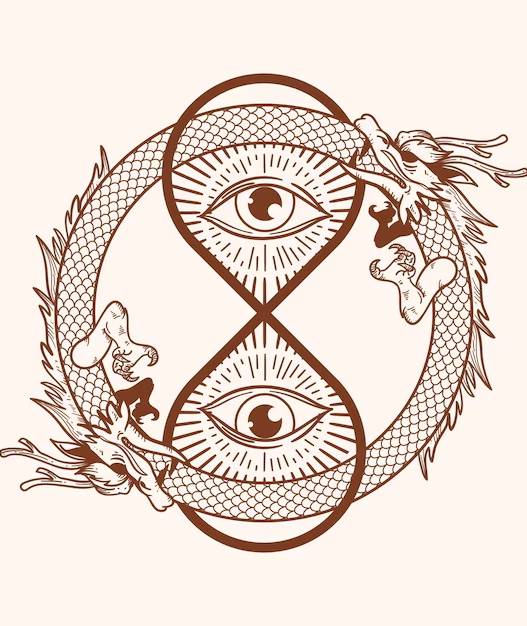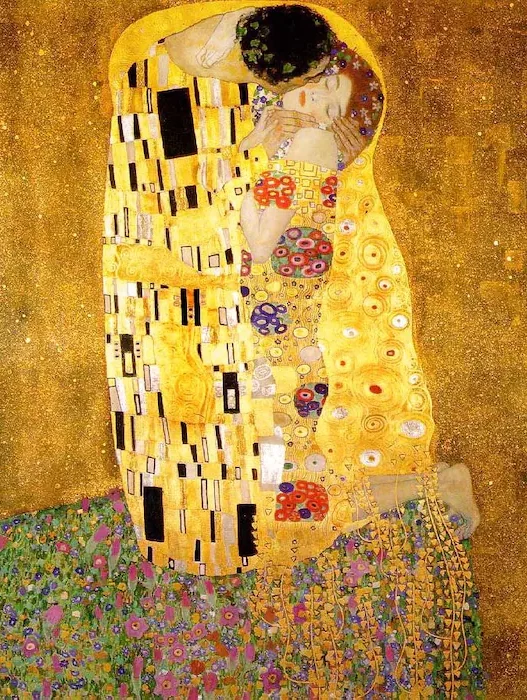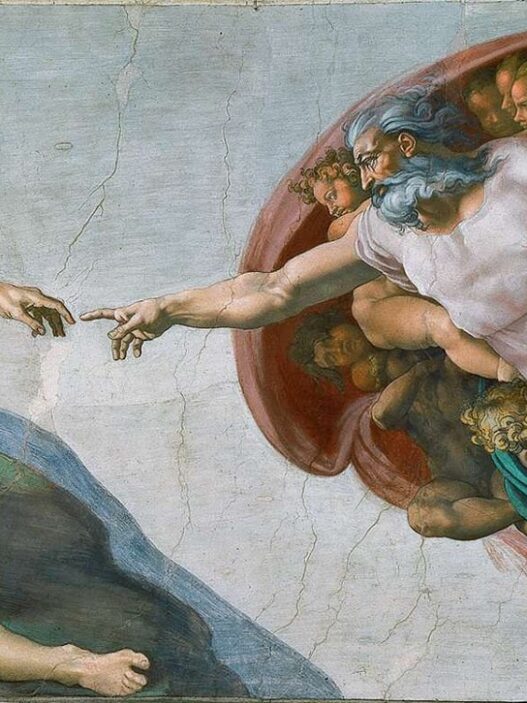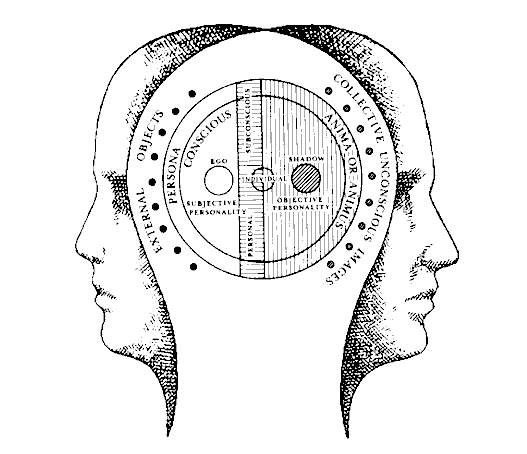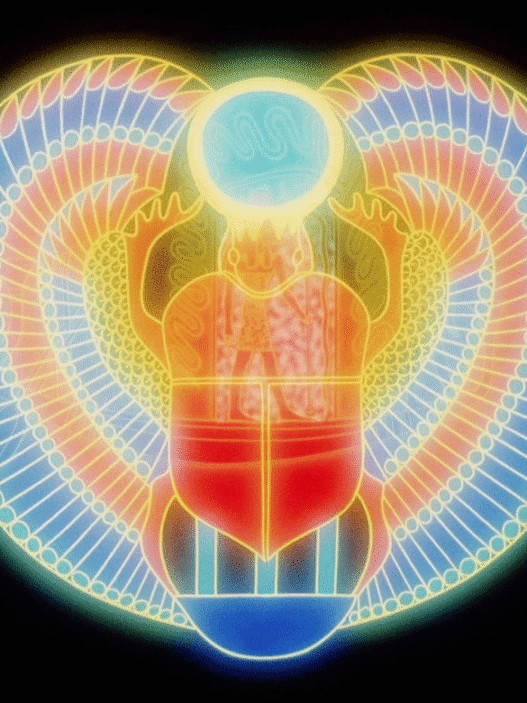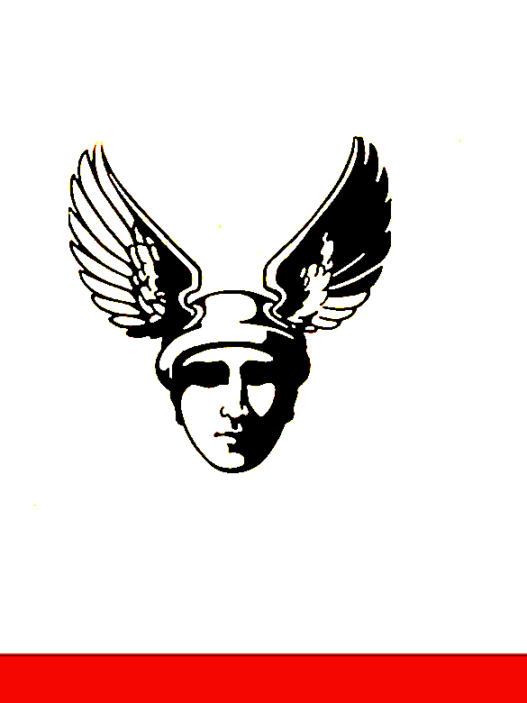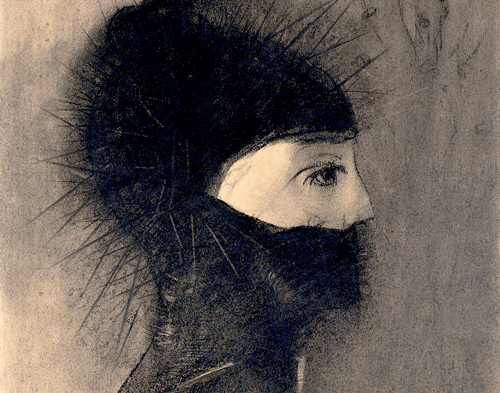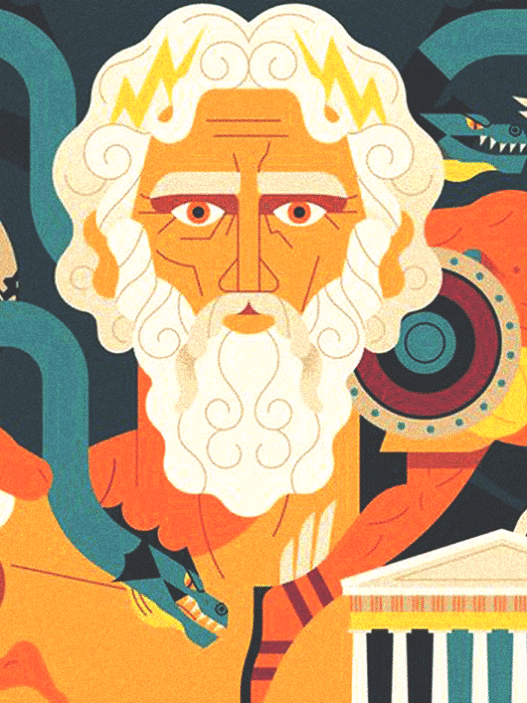Alchemy symbols are like the Tinder dates of the art world: mystifying, kind of creepy, and whether you’re seduced or repelled, you’ll probably tell your friends about it.
Why? Because alchemical symbols challenge the viewer to question their own reality.
And that, my friend, is what makes them so deliciously controversial for a culture that wants everything dumbed down.
My top three favourite pieces are analysed below.
The Love Potion (1903) by Evelyn De Morgan
A Victorian witch stirring a brew. it’s a bold, femme‑forward manifesto in oil. The sorceress isn’t a cackling hag; she’s a scholar in gold, wielding alchemical colour theory and spiritualist texts. Her knowledge is weaponised, tangled in gender and power dynamics.
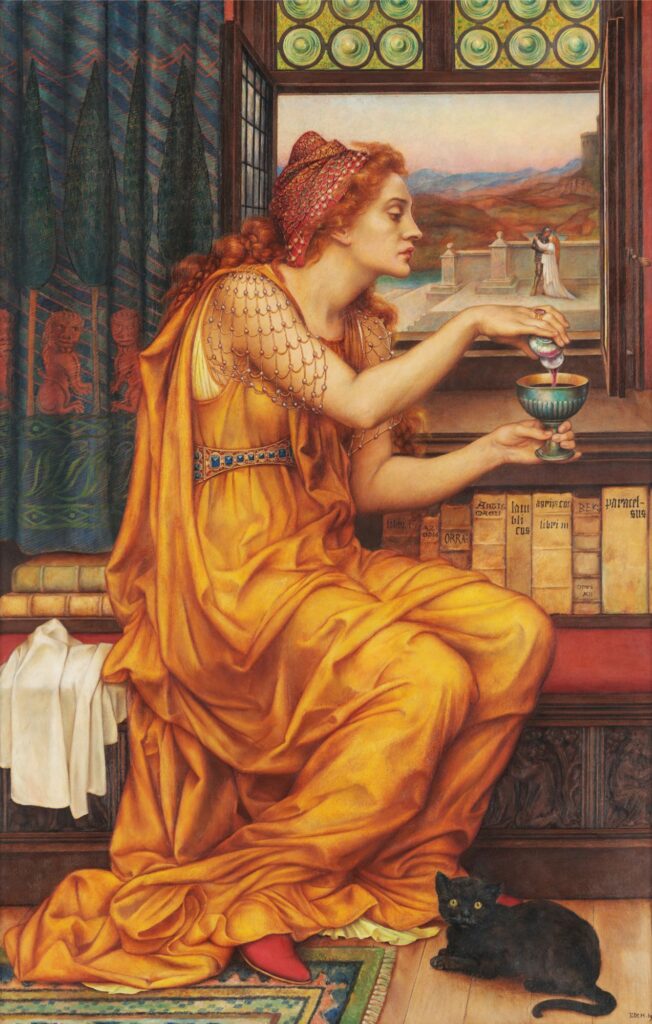
The alchemical hues, stages of transformation from black, white, red, to gold attempt to mirror a journey toward enlightenment, literally painting female empowerment in chromatic form.
A few things that are worth considering when exploring the various elements of this painting are the Alchemist as Woman (Unusual but Powerful).
Melencolia I by Albrecht Dürer (1514)
Dürer’s engraved masterpiece is a brooding labyrinth of symbols: the magic square, the dark sun, the winged figure trapped in thought. It’s alchemy as depression and creative block personified, the alchemist’s inertia in a world of infinite symbols. Here, transformation stalls. It’s an unapologetic recognition that not all alchemical journeys glitter, some stay stuck in the muck of introspection.
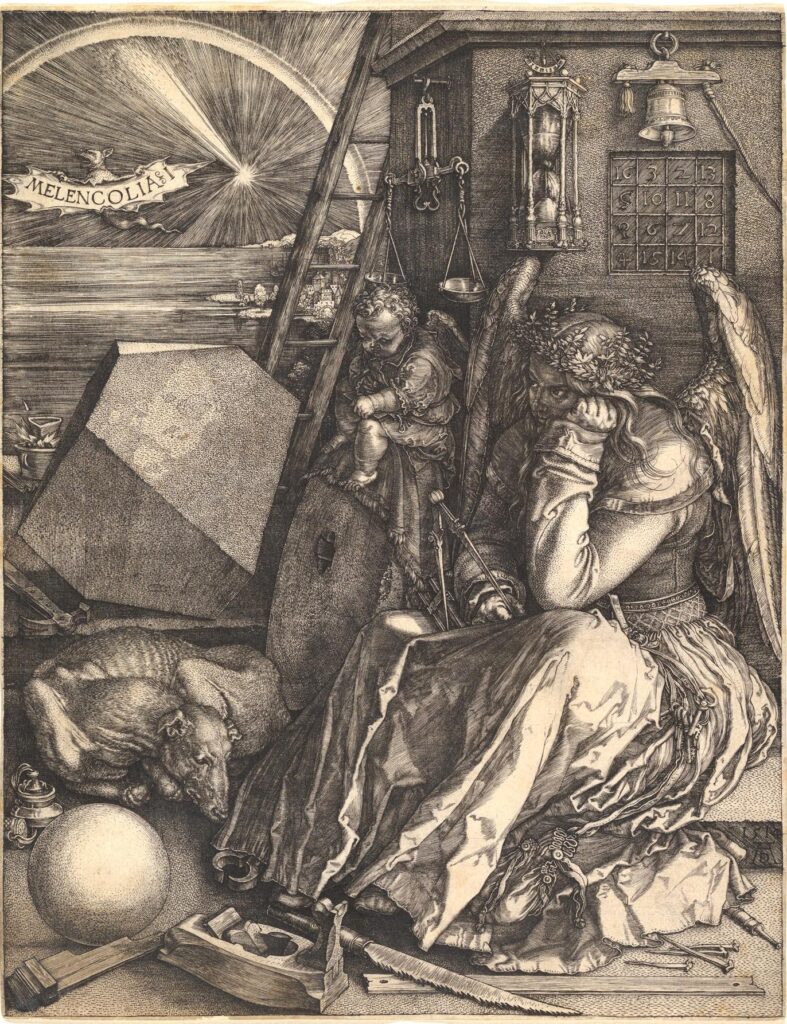
Gilberto Zorio’s Arte Povera Creations
Fast-forward to the 20th century: Zorio takes alchemy off parchment and into kinetic installations. Using electric light, pitch, oxidation, he turns art into an elemental experiment with energy that crackles like the rebirth of the universe.
The pentagram and mine lamps aren’t just motifs; they’re metaphors for transformation and enlightenment, old-school symbolism blasted into modern, provocative form. This is akin to the alchemical process itself—taking raw, hidden elements and reworking them into something luminous, charged with meaning, and impossible to ignore.
This Feels Heartrendingly Defiant
Alchemy is intentionally obtuse. These symbols resist passive consumption. You’re not just looking; it’s a moment of deep reflection into the soul’s transformation. In a world obsessed with “content,” that’s radical. From De Morgan’s subversive female alchemist to Zorio’s tense energy installations, there’s a reverberating undercurrent: “We don’t need your capitalist glitter give us messy ascension.
My Cheeky Bet
Alchemy symbols, those snakes eating themselves, weird eggs of rebirth, philosopher’s stones are all essentially art that dares you to wake up.
If you’re allergic to nuance or prefer your symbolism spoon-fed, these will make you squirm. But if you crave something that unsettles, that insists you participate rather than skim, welcome to the fire.
The next time you come across a strange figure in alchemical art, remember it’s meant to puzzle you. Let it spark curiosity, and see if you can turn passing boredom into deep fascination.
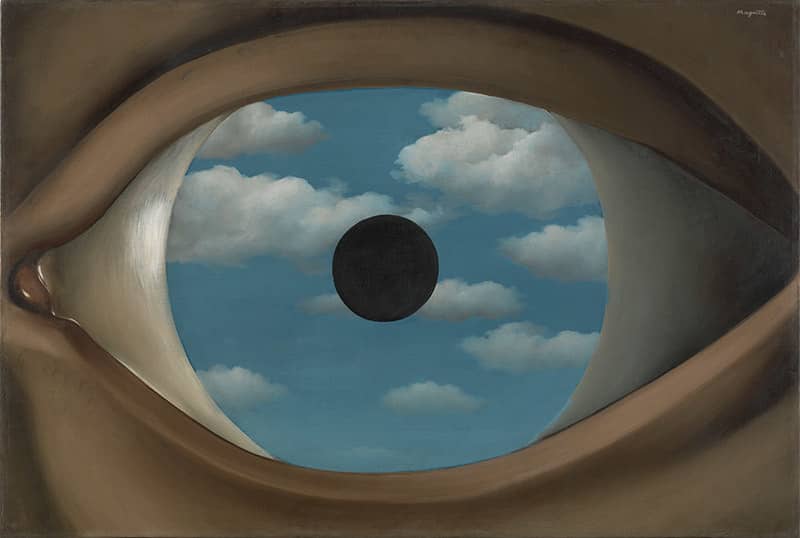



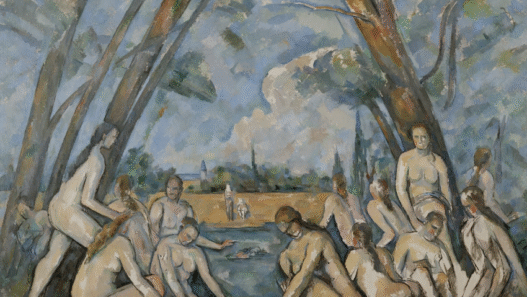

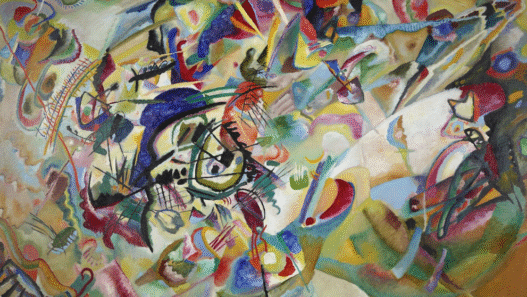

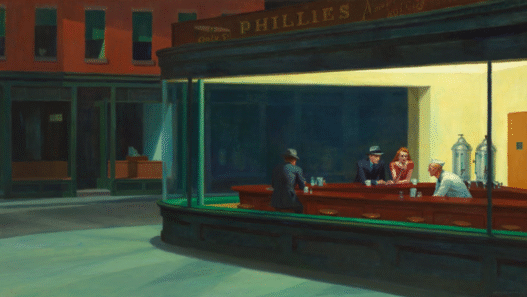

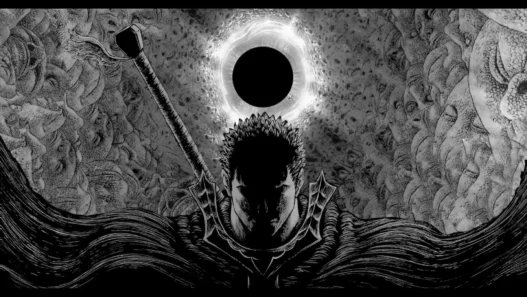


![Gilberto Zorio Star (To Purify Words) (Stella [per purificare le parole])](https://artwithsymbols.com/wp-content/uploads/2025/08/82.2921_ph_web-1-1024x670.jpg)


